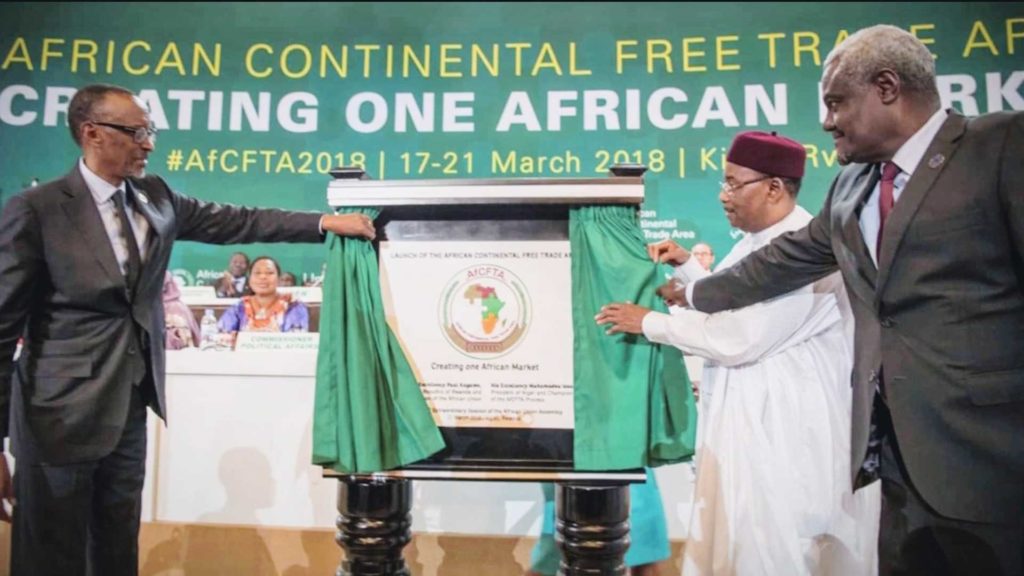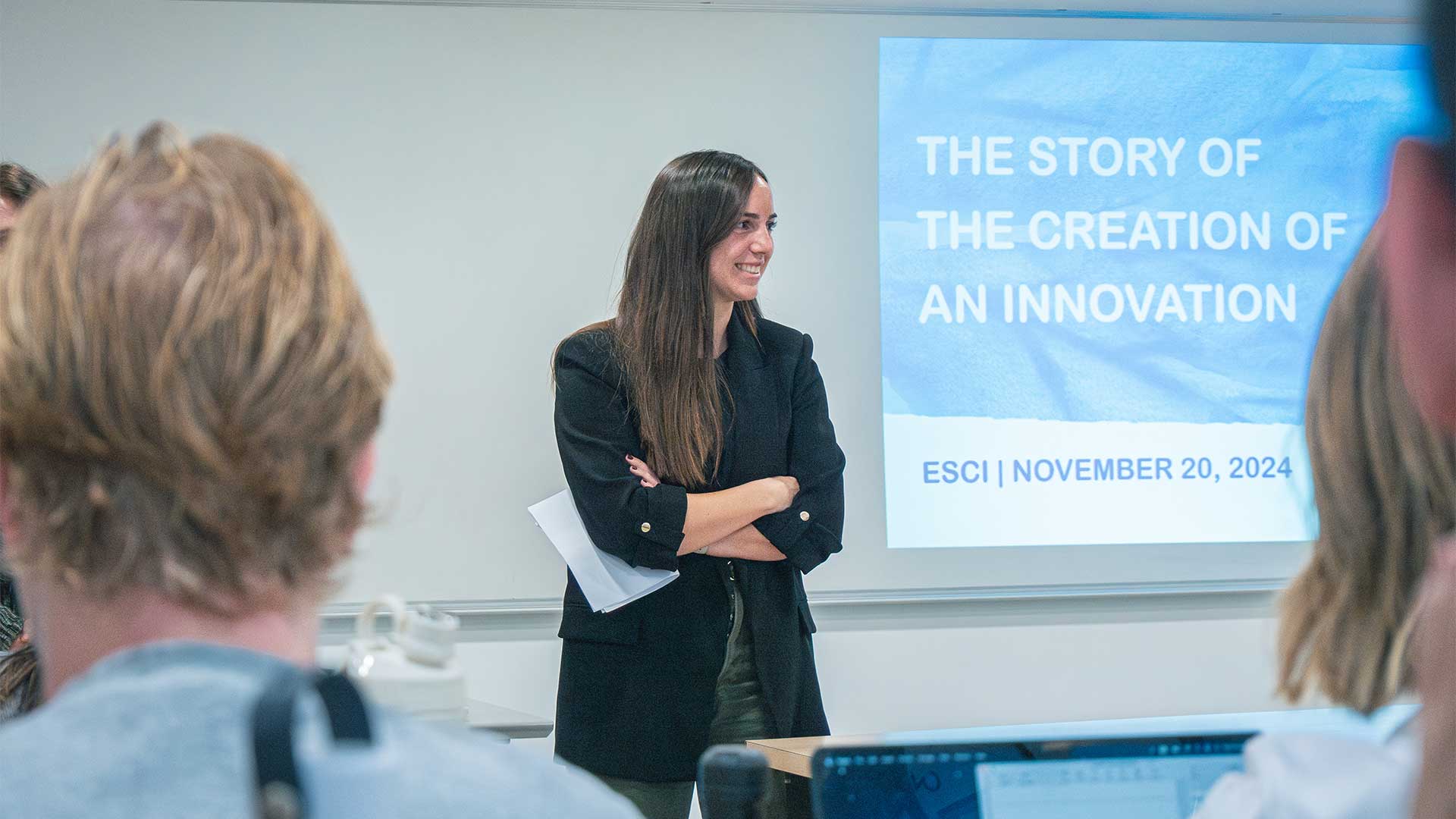Jordi Reo, alumni of GNMI, works as Program Assistant in African Union Youth Division at Adis Abeba. He shares how the African Union (AU) Member States signed the most ambitious integration initiative, taking a big step towards realising the African Union’s Agenda 2063, Africa’s blueprint for development.

The African Continental Free Trade Area (AfCFTA) is one of the AU’s flagship projects as outlined in Agenda 2063, and it was signed at the 10th Extraordinary Summit of the AU Assembly on 2018 in Kigali, Rwanda. The objective of the AfCFTA is to accelerate intra-African trade and boost Africa’s trading position in the global market by strengthening Africa’s common voice and policy space in global trade negotiations.
The AfCFTA is the continent’s most ambitious integration initiative. It gives the creation of a single continental market for goods and services, with free movement of business persons and investments, and a common intellectual property rights. Africa currently has eight economic areas, known as RECs, which serves as building blocks for the new free trade area. These are:
-
Arab Maghreb Union (UMA)
-
Common Market for Eastern and Southern Africa (COMESA)
-
Community of Sahel–Saharan States (CEN–SAD)
-
East African Community (EAC)
-
Economic Community of Central African States (ECCAS)
-
Economic Community of West African States (ECOWAS)
-
Intergovernmental Authority on Development (IGAD)2
-
Southern African Development Community (SADC)

RECs Map from researchgate.net
The capital of Ghana, Accra, will host the headquarters of the AfCFTA secretariat, with Mr Wamkele Mene from South Africa serving as its first Secretary-General. The AfCFTA will act as an independent organ within the structure of the African Union, equivalent to the Commission of AUDA-NEPAD and the Secretary-General will report directly to the Chairperson, Moussa Faki.
At the time of this publication, if we look at the numbers of Intra-African Trade, we can tell that these are significantly poorer than trade Africa does with the rest of the world. Between 2017-2018 intra-Africa exports increased by only 1%, while Africa’s exports to the rest of the world increased by 22%. South Africa is the main intra-Africa exporter and importer; 34% of exports are from South Africa while South Africa imports 20% from the rest of the African continent. Apart from South Africa, the other main intra-African importers are located in Southern Africa.
The AU believes that this Free Trade agreement will boost economic and social integration. With the ease of tariffs, the economies will become more interrelated and less dependent on other external markets; free trade increases access to higher-quality, lower-priced goods as the imports will become cheaper; efficiency and innovation will grow in order to become more competitive and match the increase of demand; and fairness will be added to exchanges of goods and services as there won’t be the door for cronyism under a same rule-based system.
The AU has demonstrated its potential for developing marvellous initiatives but the implementation has often been poor. Many countries are willing to export and establish their international presence across the continent, however, they seem reluctant to welcome other African companies, fearing it will damage their local businesses. Nigerian Trade, Industry and Investment Minister, Otunba Richard Adeniyi Adebayo, recommended that H.E. President Muhammadu Buhari not ratify the AfCFTA unless there were certainties that the free trade policy will not be harmful to local industries. Another challenge is that non-African countries might take more advantage than the African ones if it is not well traced and countries don’t share transparency.
Europe unity stands on the free movement of goods, people and services. It is demonstrated that the economy plays an important role to bring synergies among two countries, surpassing culture, race and language. The current EU is an evolution of the European Economic Community, established by the Treaty of Rome in 1957. The EEC is a parallelism of the AfCFTA demonstrating AU has finally established the roots of integration.
“Africa has a great potential”. Economic experts agree the next 20 years will be crucial to undercover this implicit statement. Therefore the key decision has to be taken today at continental level in order to unveil the great potential. AfCFTA is one of them, congratulations!




Leave a message